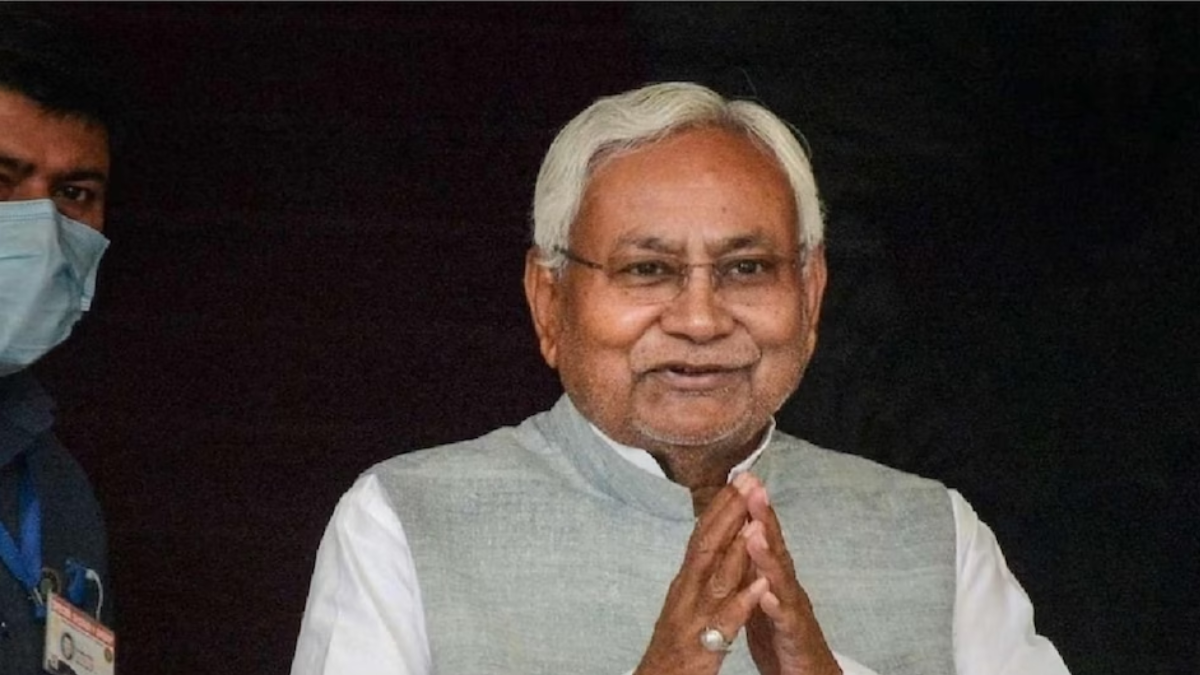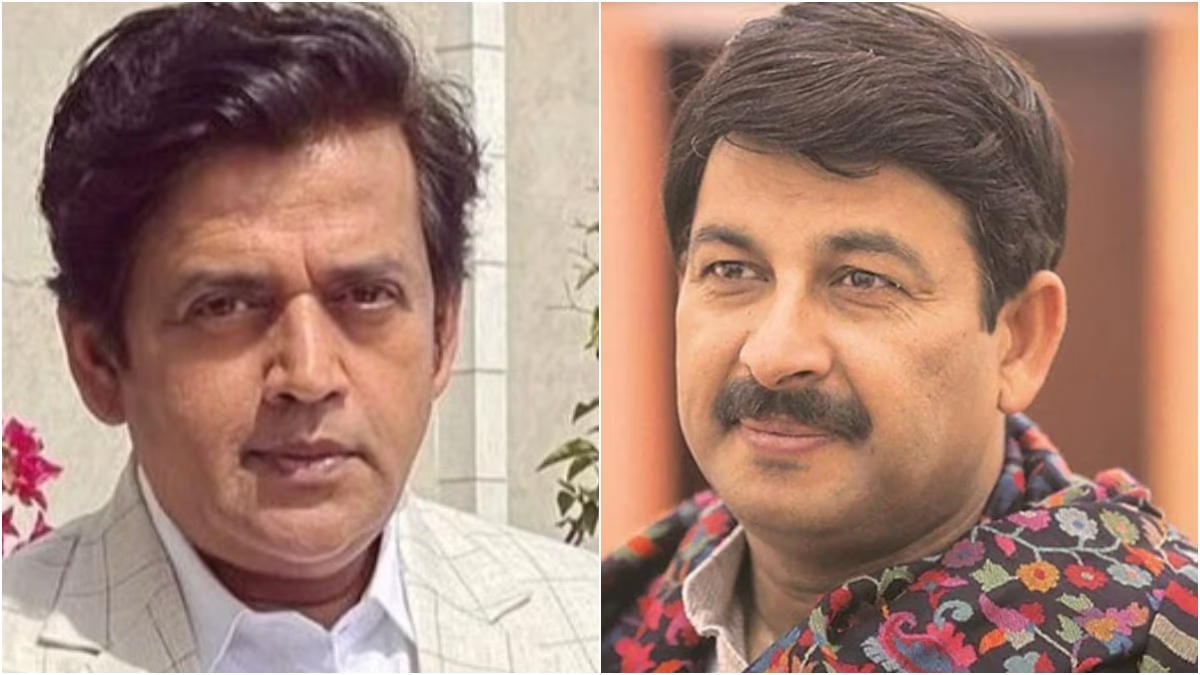Bihar Chief Minister Nitish Kumar has approved a decision to increase the reservation for backward classes in the state ahead of the 2024 elections. Nitish’s cabinet has raised caste-based reservation from 50% to 65%, with an additional 10% reservation benefit for the economically weaker sections (EWS). Bihar is now on the verge of enacting a 75% reservation limit. The government will introduce a bill to increase reservation in the assembly on November 9. Benefits of reservation will extend to government jobs and education. Yet, this raises the question: Is Nitish’s gamble practical? Other states have attempted similar initiatives in the past.
In 1992, the Supreme Court established a 50% maximum limit for caste-based reservation in the Indira Sawhney case. Following this ruling, it became law that reservations could not exceed 50%. However, in 2019, the central government passed a bill amending the Constitution to grant 10% reservation to the general category on economic grounds, easing the path to surpassing the previous 50% limit to 60%. Subsequently, many states decided to expand reservation limits, swiftly leading to court challenges. For instance, in 2021, the Supreme Court annulled the over 50% Maratha reservation granted in Maharashtra.
'SC upheld the EWS reservation'
At present, the country has a 49.5% reservation: OBCs receive 27%, SCs 15%, and STs 7.5%. Additionally, there is a 10% reservation for the economically weaker among the general class. Nevertheless, in November of the previous year, the Supreme Court validated the reservation for economically weaker individuals from the general class. It stated that this quota does not damage the fundamental structure of the Constitution.
'Bihar now eyes 75% reservation bill'
Regarding Bihar, until now, the reservation limit was 50%, with an independent 10% for EWS. If Nitish’s government's proposal is passed, it will break the 50% threshold. The Bihar Cabinet approved Tuesday’s proposal to increase caste-based reservation from 50% to 65%. Previously, the backward-at most backward classes received 30% reservation, but with the new approval, they will get 43%. Earlier, the scheduled caste class had a 16% reservation, which will now increase to 20%. The scheduled tribe class, previously at one percent reservation, will now receive two percent. Bringing the EWS 10% reservation given by the central government into the equation, the proposal aims for a 75% total.
According to the latest caste survey, Bihar has a population of over 13 crore. Included are 27% other backward classes and 36% most backward classes, constituting a total of 63% OBC. The scheduled caste population stands at 19% and tribes at 1.68%, with the general class at 15.52%.
Could Nitish’s decision face legal challenges?
Before the EWS reservation, several states had already exceeded the 50% reservation limit. Most of these states have faced legal challenges. For example, Tamil Nadu has had a 69% reservation framework since 1993.
Indeed, the experiment with reservation beyond the Supreme Court’s limit is not new to Bihar. Prior attempts have been made in other states but have had to be rolled back following court orders. However, Tamil Nadu has long implemented a 69% reservation. The Tamil Nadu Reservation Act speaks of 69% reservation, which was even contested in courts.
'Jharkhand and Karnataka’s reservation maneuvers'
Jharkhand, led by Hemant Soren, also decided to increase reservations beyond 50%. The state amended its laws, and the OBC community has been demanding an increase from 14% to 27% for quite some time. According to the bill, ST reservation will increase from 26% to 28%, OBC from 14% to 27%, SC from 10% to 12%, and EWS will remain at 10%. The total reservation in the state is now at 77%.
Moreover, Karnataka has reservations totaling 56%. Prior to the elections this year, the state government increased the SC reservation from 15% to 17% and the ST from 3% to 7%. Karnataka also abolished the 4% reservation for Muslims, shifting them into the 10% Economically Weaker Section (EWS) category. The previously reserved 4% quota for Muslims is now split between Vokkaliga (2%) and Lingayat (2%) communities, for whom two new reservation categories, 2C and 2D, were established last year during the Belgaum legislative session.




